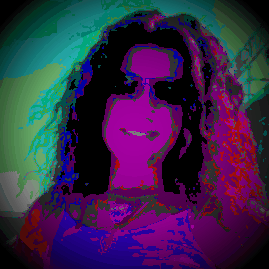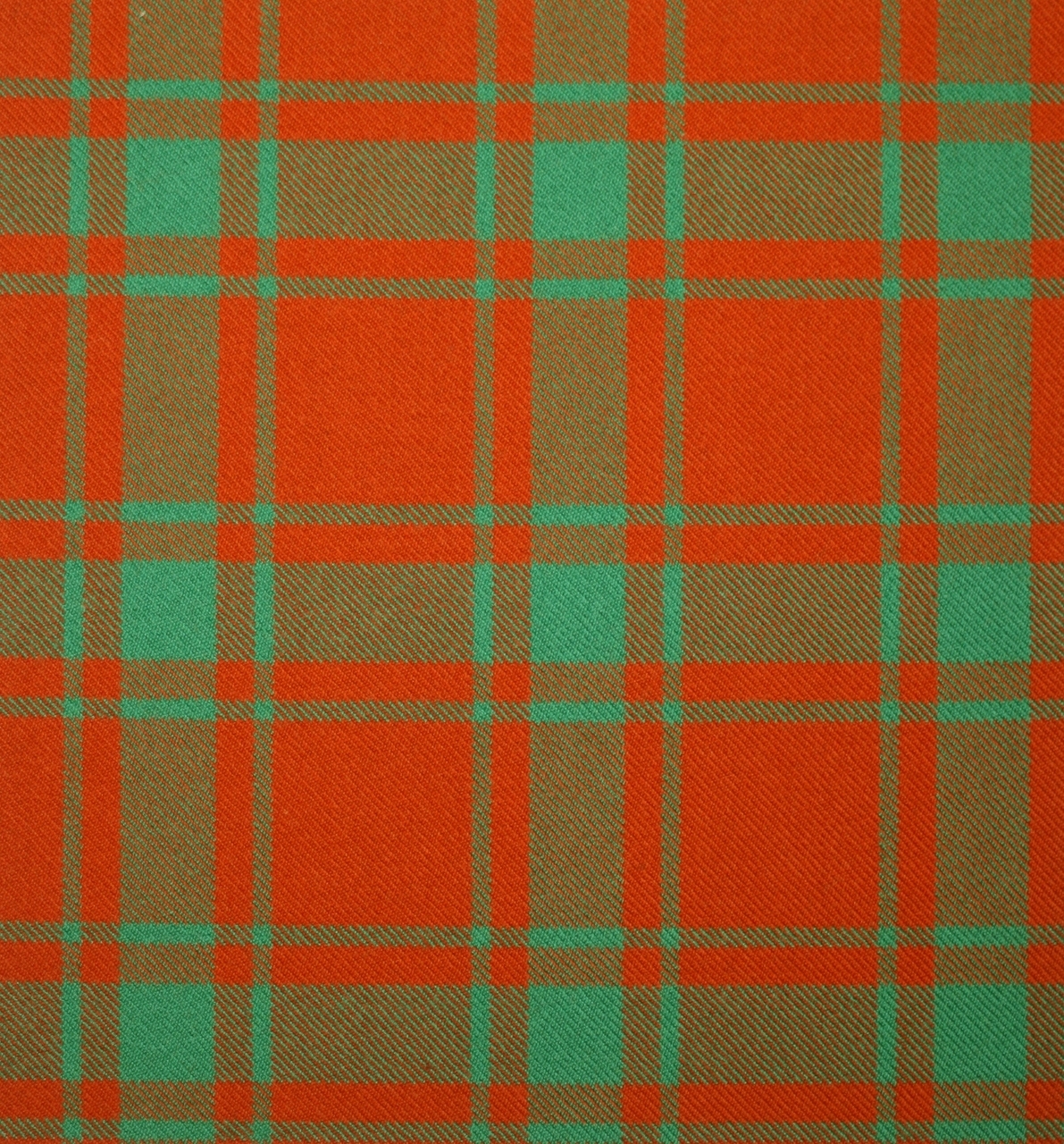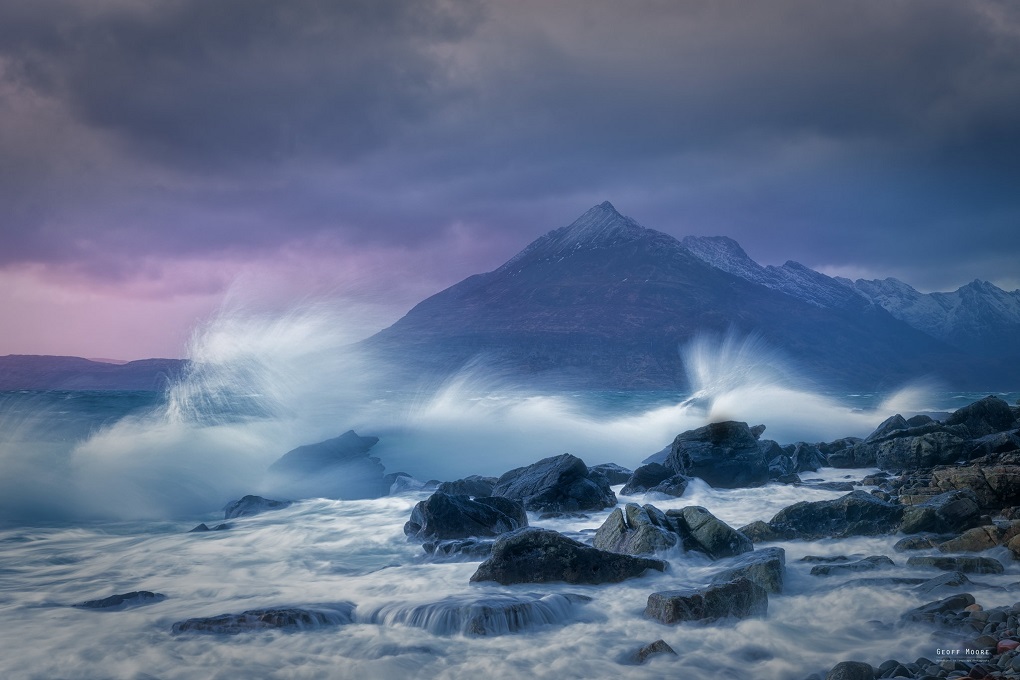Wee History of the Scottish Isles
Scotland has over 900 offshore islands, most of which are to be found in four main groups: Shetland, Orkney, and the Hebrides, sub-divided into the Inner Hebrides and Outer Hebrides. There are also clusters of islands in the Firth of Clyde, Firth of Forth, and Solway Firth, and numerous small islands within the many bodies of fresh water in Scotland including Loch Lomond and Loch Maree. The largest island is Lewis and Harris which extends to 2,179 square kilometers, and there are a further 200 islands which are greater than 40 hectares in area. Of the remainder, several such as Staffa and the Flannan Isles are well known despite their small size. Some 94 Scottish islands are permanently inhabited, of which 89 are offshore islands.
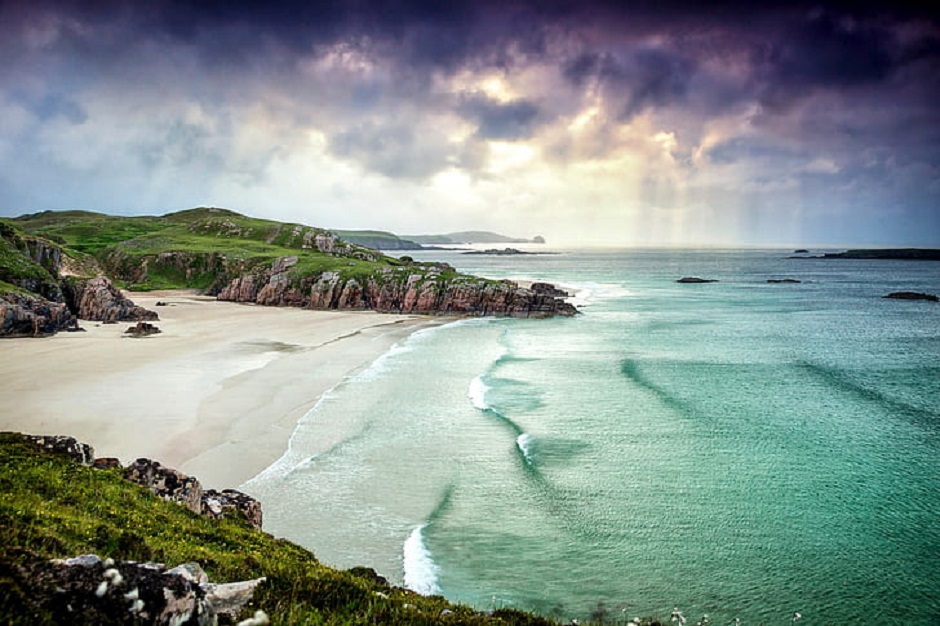
The geology and geomorphology of the islands is varied. Some, such as Skye and Mull are mountainous, while others like Tiree and Sanday are relatively low lying. Many have bedrock made from ancient Archaean Lewisian Gneiss which was formed 3 billion years ago; Shapinsay and other Orkney islands are formed from Old Red Sandstone, which is 400 million years old; and others such as Rùm from more recent Tertiary volcanoes. Many of the islands are swept by strong tides, and the Corryvreckan tide race between Scarba and Jura is one of the largest whirlpools in the world. Other strong tides are to be found in the Pentland Firth between mainland Scotland and Orkney, and another example is the “Grey Dog” between Scarba and Lunga.
Scottish Proverb – “Listen to the Silence. Be still and let your Soul catch up.”
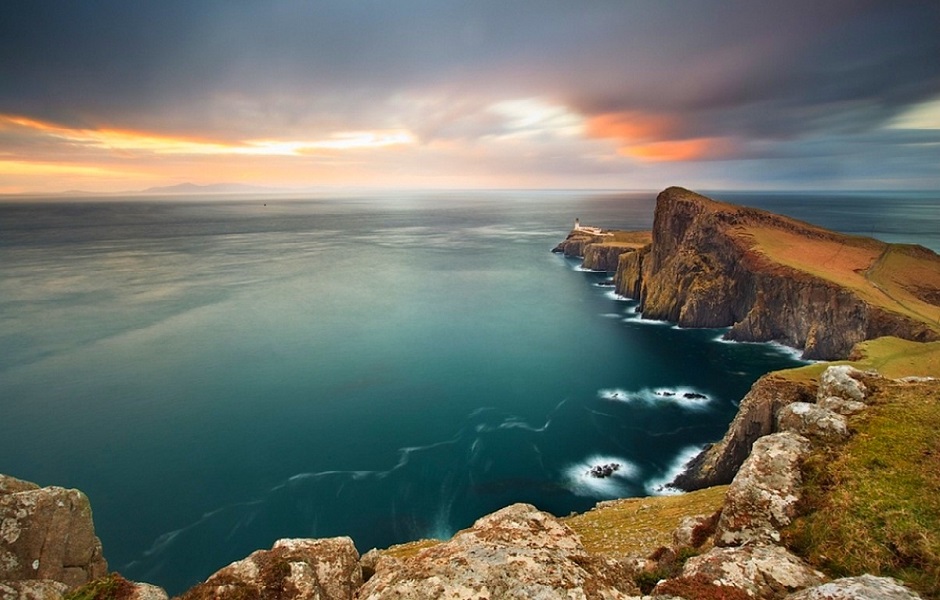
The geology and geomorphology of the islands is varied. Some, such as Skye and Mull are mountainous, while others like Tiree and Sanday are relatively low lying. Many have bedrock made from ancient Archaean Lewisian Gneiss which was formed 3 billion years ago; Shapinsay and other Orkney islands are formed from Old Red Sandstone, which is 400 million years old; and others such as Rùm from more recent Tertiary volcanoes. Many of the islands are swept by strong tides, and the Corryvreckan tide race between Scarba and Jura is one of the largest whirlpools in the world. Other strong tides are to be found in the Pentland Firth between mainland Scotland and Orkney, and another example is the “Grey Dog” between Scarba and Lunga.
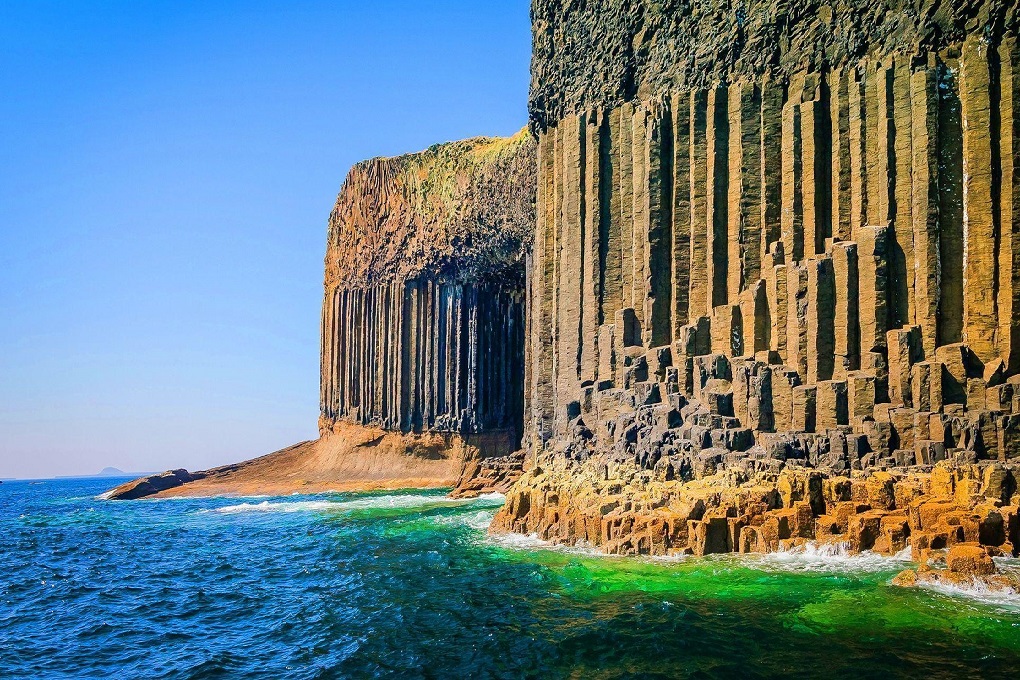
Rockall is a small rocky islet in the North Atlantic which was declared part of Scotland by the Island of Rockall Act 1972. However, despite no possession by any other state and other precedents, the legality of the claim is disputed by the Republic of Ireland, Denmark and Iceland and some say, it may be unenforceable in international law.
Article Credit: Wikipedia – https://en.wikipedia.org/wiki/List_of_islands_of_Scotland
Photo Credit – Sunset Beach Scotland – Praia
Photo Credit – Wallpaper Access
Photo Credit – Wallpapers Den
Photo Credit – Wallup.net
Photo Credit – Wallpaper Access
Photo Credit – Wallpaper Cave
